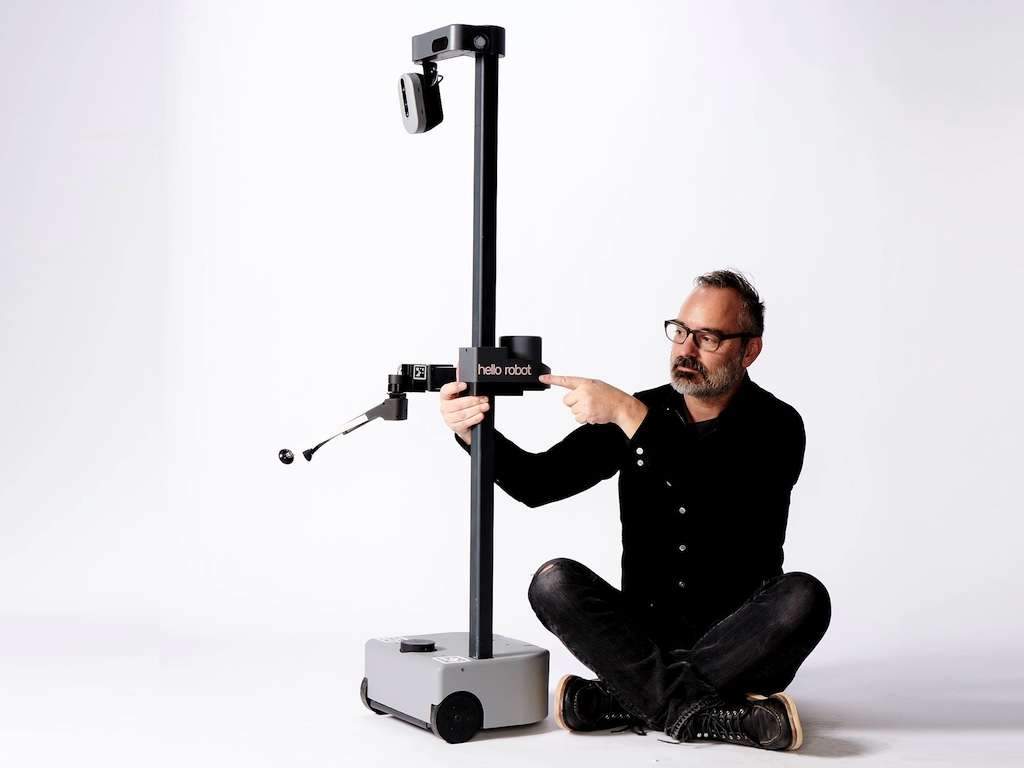Daddy Pig: The Architect and Builder Behind Peppa Pig’s World
Daddy Pig: The Architect and Builder Behind Peppa Pig’s World
The world of Peppa Pig has captured the hearts of children worldwide with its simple yet charming storytelling. One of the often-overlooked aspects of the show is the role that Daddy Pig, Peppa’s father, plays in the architecture and construction world. Daddy Pig isn’t just a typical cartoon dad; he is depicted as an architect and a construction expert, with a particular focus on concrete. This portrayal is quite fascinating because it introduces young viewers to the concept of building and architecture at a very early age.
Daddy Pig: The Builder in Peppa Pig
In the show, Daddy Pig works in construction, often describing himself as an expert in concrete, which has become somewhat of a running joke throughout the series. His work is portrayed in a playful, humorous way, yet it hints at the importance of architecture and the construction industry in everyday life. When Daddy Pig talks about concrete or is seen with blueprints, children are indirectly introduced to the basics of how homes and buildings come into existence.
His character shows that working in construction isn’t just about labor; it’s also about knowledge, design, and creativity. By portraying Daddy Pig as a builder, the show connects with real-world experiences and subtly educates children about the world of architecture and construction, often making the mundane entertaining and accessible.

Architectural Themes in Children’s Shows
The inclusion of an architectural figure like Daddy Pig in a popular children’s cartoon brings attention to how influential media can be in shaping children’s perspectives about professions. Unlike stereotypical depictions of architects as exclusively working on artistic drawings or builders as manual laborers, Daddy Pig straddles both worlds. He is seen drawing up plans and discussing materials, bridging the gap between design and hands-on construction.
This balance provides children with an early understanding that architecture is not just about pretty drawings; it’s also about the technical aspects of making a structure stand up and be livable. Daddy Pig’s depiction with his love of concrete can help demystify the construction process, showing that it’s a vital part of how our homes, schools, and towns come to life. This way, Peppa Pig subtly instills an appreciation for how spaces are built, making the industry seem fun and approachable.
The Impact on Young Viewers
Daddy Pig’s role in construction introduces young children to architectural concepts through the lens of a beloved character. This is crucial because exposure at an early age can shape interests and future aspirations. By seeing Daddy Pig navigate blueprints, materials, and even the occasional mishap with humor and resilience, children learn that construction is not only accessible but also enjoyable. It teaches them that buildings are made by people who work hard and that there’s a lot of thinking and creativity involved in shaping the world around them.
The storytelling of Peppa Pig often uses humor—Daddy Pig may be an “expert” but sometimes makes funny mistakes, which makes his character relatable and approachable. His character gives kids a role model who, while flawed, is knowledgeable and resourceful. This realistic but humorous portrayal can be comforting, suggesting that mistakes are a part of learning, even for the so-called experts. Such storytelling could very well inspire future architects and builders who watched Daddy Pig with admiration and laughter.
A Lighthearted Approach to Building
While Peppa Pig is certainly not an educational show in the strict sense, the way it integrates adult professions in a lighthearted, everyday manner gives children a broader sense of what adults do. Daddy Pig’s architectural adventures might involve talking about concrete as if it’s the most exciting material ever, but this is exactly what can spark curiosity in a child’s mind. By making construction a visible and interesting topic, Daddy Pig’s character helps to cultivate early respect for the field of architecture and engineering.
Peppa Pig’s success is largely due to its simplicity and relatability, and Daddy Pig’s role is a key element of that. He shows that architecture and construction can be part of the family conversation, not some distant, abstract idea. Through Daddy Pig, children can see that creating a house, a bridge, or even a playground involves both imagination and a lot of work—an idea that might stick with them as they grow older.




